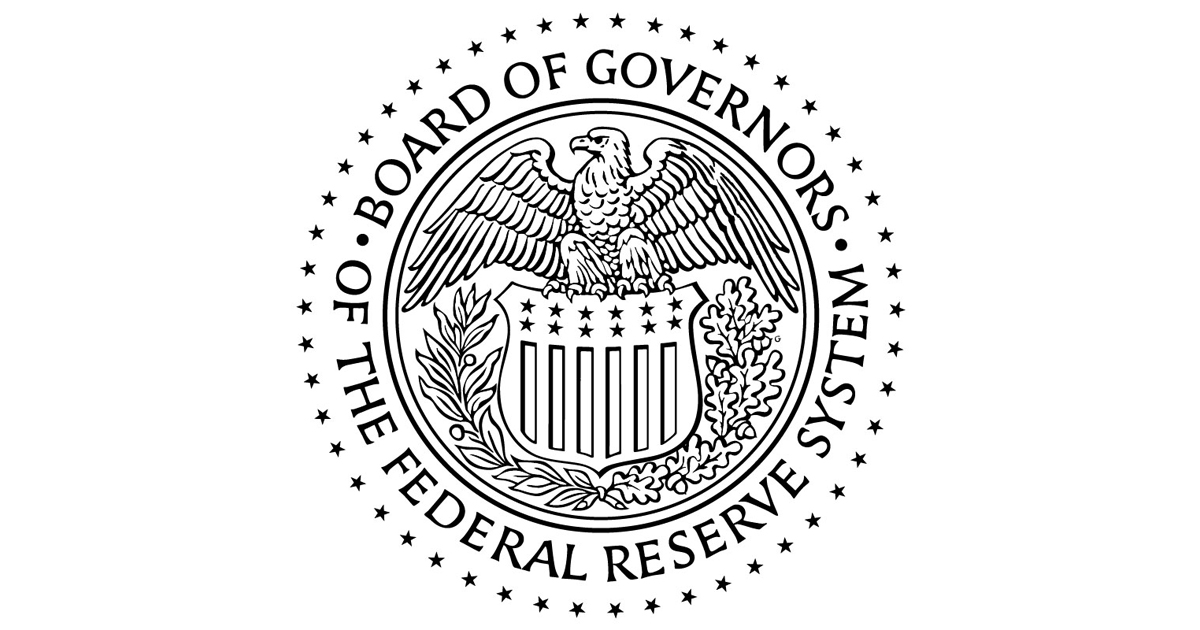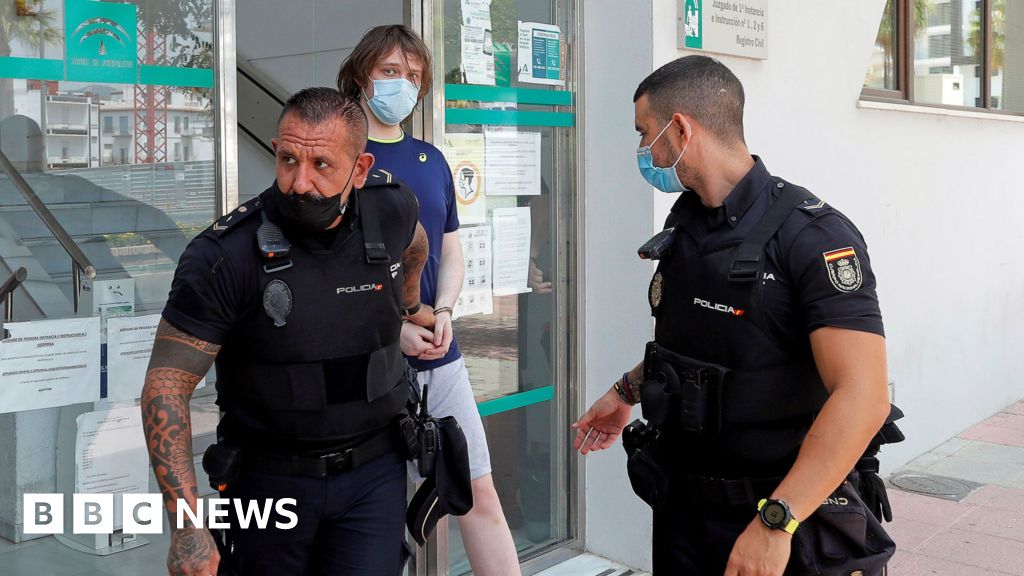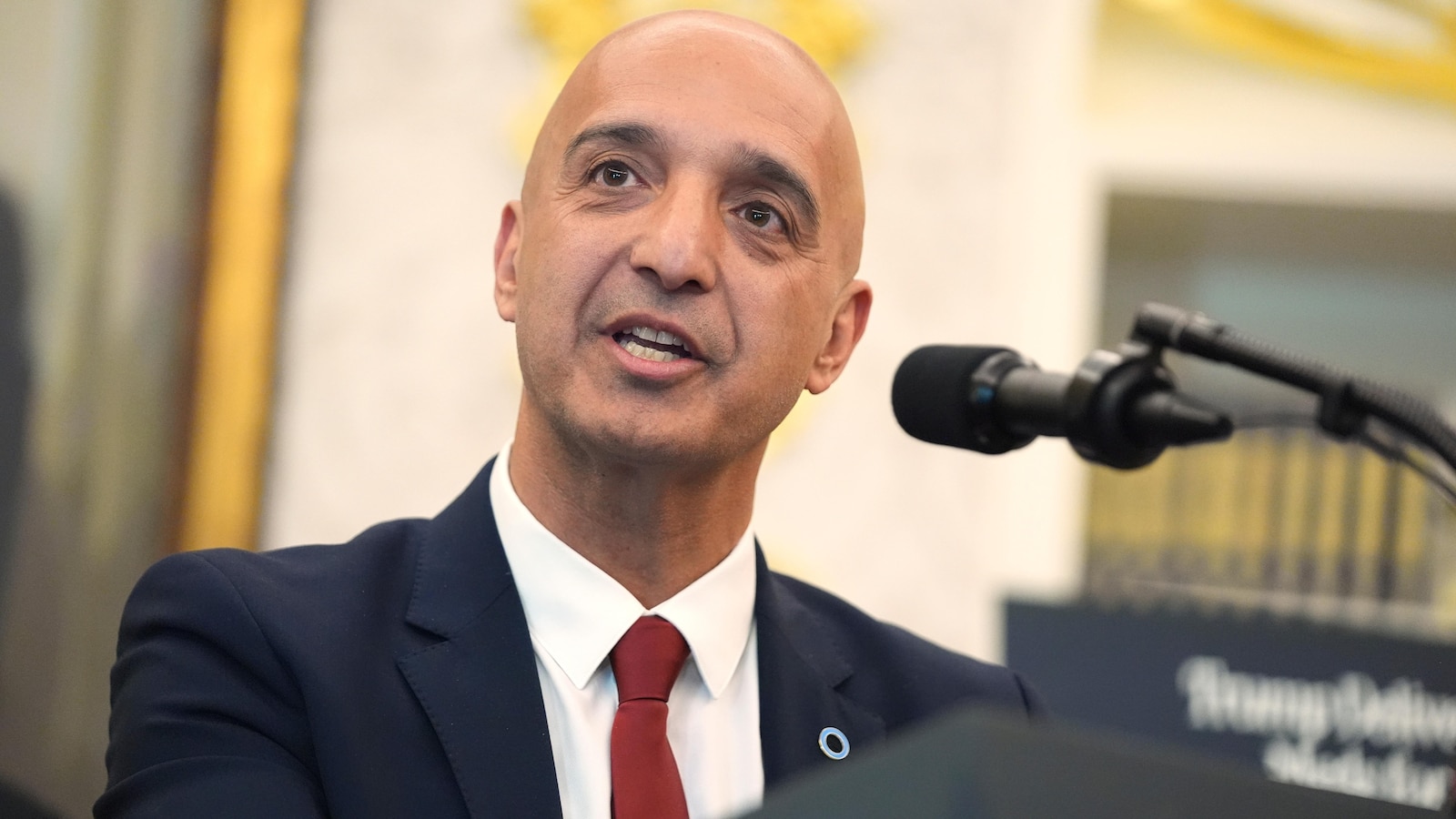Published article outlines rationale for multi-pathway efficacy for (Z)-endoxifen in Duchenne Muscular Dystrophy (DMD); November scientific presentation to spotlight potential in Duchenne carrier–associated pathologies
SEATTLE, Nov. 17, 2025 /PRNewswire/ — Atossa Therapeutics, Inc. (Nasdaq: ATOS) (“Atossa” or the “Company”), a clinical-stage biopharmaceutical company developing innovative medicines in oncology, announces a growing body of scientific work supporting the potential role of its investigational therapy (Z)-endoxifen in DMD, a severe, progressive, and ultimately fatal neuromuscular disease, in addition to Duchenne carrier–associated pathologies (D-CAPs) that affect a subset of female carriers. The momentum is anchored by a newly published, peer-reviewed hypothesis article and an upcoming invited scientific presentation.
Newly published hypothesis article outlines why (Z)-endoxifen may matter in DMD
The article about (Z)-Endoxifen in Duchenne Muscular Dystrophy (DMD), surveys the DMD treatment landscape and details how (Z)-endoxifen’s pharmacology could address multiple downstream drivers of disease, including inflammation, fibrosis, calcium dysregulation, mitochondrial dysfunction, and lipid abnormalities. A video abstract of the paper can be found here.
The paper emphasizes (Z)-endoxifen’s direct estrogen-receptor (ER) modulation, allosteric inhibition of PKC (notably PKC-β1), and effects along AKT/mTOR and NF-κB axes, mechanisms that together may help slow disease progression when used as an adjunct to standard care. Notably, the authors underscore (Z)-endoxifen’s potential to deliver more consistent therapeutic exposures than tamoxifen by bypassing CYP2D6 metabolic variability, an important limitation of the pro-drug approach. As illustrated in the mechanistic diagram, page 7 of the publication, the paper maps (Z)-endoxifen’s ER-dependent and ER-independent signaling effects relevant to dystrophic muscle.
- Clinical context: Prior tamoxifen studies in DMD showed safety and encouraging trends but were underpowered due to premature termination during the pandemic, supporting continued exploration of more potent, exposure-reliable metabolites like (Z)-endoxifen.
- Tissue exposure: (Z)-endoxifen tissue concentrations may substantially exceed plasma levels in certain settings, supporting a rationale for sustained pharmacodynamic activity at the muscle level.
- Cardio-skeletal relevance: The paper reviews pathways tied to cardiomyopathy, now a leading cause of death in DMD, and discusses how ER/PKC-linked modulation could complement existing standards of care, including glucocorticoids and recently approved agents.
- Pragmatic access: As a small-molecule candidate, (Z)-endoxifen could, if proven safe and effective, offer a potentially more scalable and accessible option alongside high-cost genetic approaches, while remaining mechanistically complementary.
As a follow-up to our initial publication, Atossa recently submitted a second manuscript investigating the potential mechanism of action of (Z)-endoxifen in Duchenne muscular dystrophy (DMD). This study focuses specifically on the role of (Z)-endoxifen in modulating utrophin expression and signaling pathways. The manuscript, entitled “(Z)-Endoxifen as a Modulator of Utrophin Pathways in Duchenne Muscular Dystrophy,” is currently under review with the Journal of Degenerative Neurological and Neuromuscular Disease. Utrophin is a structural and functional analog of dystrophin that can compensate for the loss of dystrophin in DMD, stabilizing the sarcolemma and mitigating muscle fiber damage. Pharmacological upregulation of utrophin represents a promising therapeutic strategy that is independent of the underlying dystrophin mutation. Our work explores how (Z)-endoxifen influences utrophin-related pathways, potentially offering a novel, mutation-agnostic therapeutic approach for DMD.
Scientific presentation to focus on female carriers
H. Lawrence Remmel, Director of Atossa Therapeutics will present “Endoxifen: A Potential Novel Therapy for Duchenne Carrier-Associated Pathologies” at the 2nd International Conference on Women’s Health, Reproduction & Obstetrics in Rome, Italy, held November 17-19, 2025. The presentation builds on the published hypothesis and centers on symptomatic female carriers, a medically important yet under-recognized population in which 2.5–19% may experience skeletal-muscle symptoms and 7.3–16.7% may develop dilated cardiomyopathy.
Management commentary
“Duchenne remains one of the highest-need pediatric diseases. The science we and our collaborators summarized points to a coherent, multi-pathway rationale for (Z)-endoxifen that is distinct from, and potentially synergistic with, genetic strategies,” said Steven Quay, M.D., Ph.D., Atossa Therapeutics Founder and CEO. “We believe this framework supports responsible next steps aimed at rigorously testing endoxifen as a potential adjunct in DMD and as an investigational option for symptomatic carriers.”
“Having led the first IND for a Duchenne therapy, I’ve seen how crucial it is to pair solid biology with a pragmatic development plan. (Z)-Endoxifen’s small-molecule profile, exposure-guided strategy, and phase-appropriate GxP controls position it for a rigorous, stepwise program focused on safety, PK/PD, and functional endpoints. Our goal is to engage regulators early and, if data support, pursue rare-disease pathways that can responsibly accelerate development for patients and families who have waited too long,” said Janet Rea, Senior Vice President, R&D of Atossa Therapeutics.
Mr. Remmel added, “Our Rome presentation will focus on Duchenne carrier–associated pathologies, where unmet need and biological plausibility intersect. The published hypothesis provides the mechanistic scaffolding, now the task is to translate this into data-driven clinical exploration.”
Why investors should care
- Large unmet need, multiple shots on goal: DMD demands more than one solution; (Z)-endoxifen’s combinable, small-molecule profile offers a potentially capital-efficient path to add value alongside genetic and anti-inflammatory standards.
- Mechanistic differentiation: Direct ER modulation plus PKC-β1 inhibition (with downstream AKT/mTOR and NF-κB effects) targets convergent disease nodes implicated across skeletal and cardiac muscle pathology. (See mechanistic diagram, page 7 of the publication.)
- Broader population reach: Beyond boys with DMD, symptomatic female carriers represent a clinically meaningful extension opportunity aligned with our publication and the upcoming presentation.
Atossa intends to leverage the published framework to guide prioritized preclinical validation and the design of fit-for-purpose clinical studies. The Company expects they will be designed to assess safety, pharmacokinetics, pharmacodynamics, and functional endpoints relevant to upper-limb, diaphragmatic, and cardiac performance, while exploring biomarker-enriched and combination strategies consistent with standard of care. Investigational plans are subject to refinement and regulatory feedback.
About Duchenne Muscular Dystrophy (DMD)
DMD is an X-linked, progressive neuromuscular disease driven by dystrophin loss, leading to muscle degeneration, loss of ambulation, respiratory compromise, and cardiomyopathy, with substantial morbidity, mortality, and economic burden. Cardiomyopathy is now a leading cause of death in DMD.
About (Z)-Endoxifen
(Z)-Endoxifen is Atossa’s investigational ER-modulating small molecule. In oncology and CNS studies to date, (Z)-endoxifen has shown a favorable safety profile and pharmacology distinct from tamoxifen, including ER-targeted effects and PKC inhibition. (Z)-endoxifen is not approved for any indication.
About Atossa Therapeutics
Atossa Therapeutics, Inc. (Nasdaq: ATOS) is a clinical-stage biopharmaceutical company developing innovative therapies for significant unmet needs in breast cancer. Atossa’s strategy emphasizes disciplined capital allocation, focusing resources on programs and data packages that can enable future regulatory submissions and potential commercialization. For more information, visit www.atossatherapeutics.com and refer to Atossa’s filings with the U.S. Securities and Exchange Commission (SEC).
Forward-Looking Statements
This press release contains forward-looking statements, including statements regarding the potential safety, efficacy, development plans, regulatory strategy, clinical trial design, timelines, and market opportunity for (Z)-endoxifen in DMD and in Duchenne carrier–associated pathologies. Forward-looking statements are based on current expectations and involve risks and uncertainties that could cause actual results to differ materially. These risks include, but are not limited to, preclinical and clinical development risks, regulatory uncertainties, manufacturing and supply constraints, competition, intellectual property risks, and funding availability. Atossa undertakes no obligation to update forward-looking statements except as required by law.
Medical Disclaimer
(Z)-Endoxifen is investigational and has not been approved by the U.S. Food and Drug Administration or any other regulatory authority for DMD, D-CAPs, or any other indication.
SOURCE Atossa Therapeutics Inc






